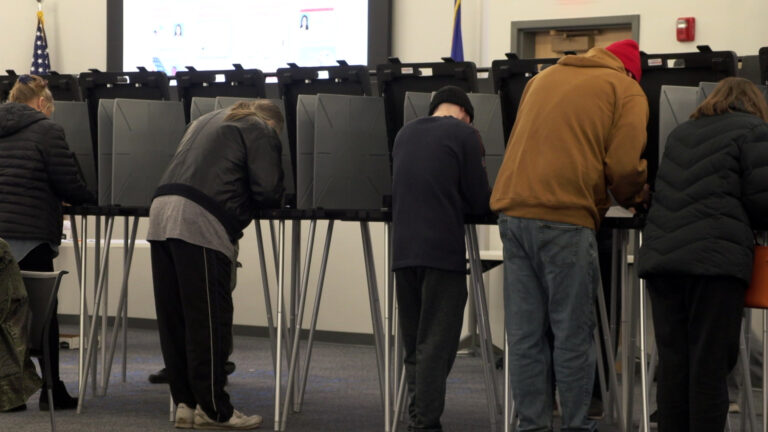Noon Wednesday: Mapped Out, Locked In
The 2011 Wisconsin redistricting process was so consequential that it shaped nearly every aspect of state politics over the ensuing decade. In the new podcast WPR Reports: Mapped Out, Bridgit Bowden and Shawn Johnson delve into the significance of this recent history and explain the new redistricting fight in 2021.
By Marisa Wojcik | Here & Now
October 27, 2021
 Passport
Passport











Follow Us